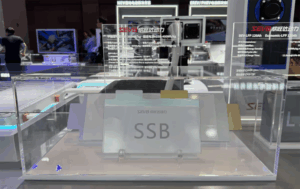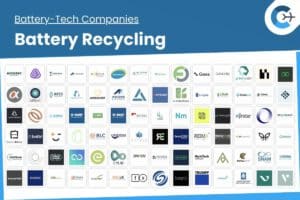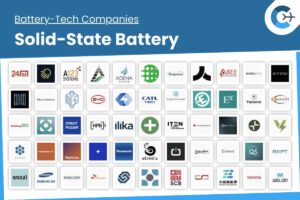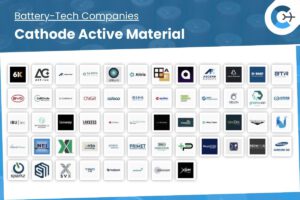ION Storage Systems, a Maryland-based developer of solid-state battery technology, has begun shipping its first commercial cell generation, branded Cornerstone, to consumer electronics manufacturers. These multilayer cells are intended for integration into compact devices such as smartphones, laptops, and wearables. The samples represent a key step in the company’s effort to transition from prototype development to commercial deployment.
Cornerstone cells use a three-dimensional ceramic architecture designed to deliver extended cycle life, improved safety, and stable performance without the need for external compression systems. According to ION, the platform addresses common industry challenges—such as electrode swelling and thermal management—while offering higher energy density and consistent volume throughout charge and discharge cycles.
Jorge Diaz Schneider, chief executive officer of ION Storage Systems, noted that the initial rollout encompasses sampling programs across multiple sectors, including consumer electronics, electric vehicles, aerospace, and defense. Eric Lind, chief commercial officer, described the launch as an inflection point for solid-state batteries. Lind said customers have confirmed that these cells are fully functional in real-world integration tests and do not require bulky compression hardware, a feature that simplifies qualification and accelerates adoption in portable applications.
Earlier this year, ION reported a 25-fold increase in cell capacity in a commercially relevant format, while maintaining more than 1,000 charge cycles without external compression or measurable volume change. The company views Cornerstone sampling as the first phase in a broader technology validation process, paving the way for rapid deployment in next-generation electronic devices.
ION Storage Systems focuses on solid-state solutions for portable, automotive, and stationary energy storage markets. The company’s proprietary ceramic design aims to combine safety, durability, and scalability to meet evolving demands in an increasingly electrified world.
Source: PR Newswire
















